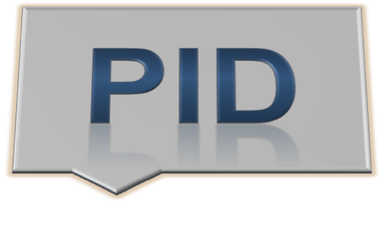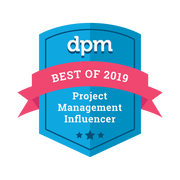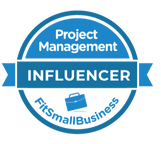Why are we undertaking the project? It’s important to understand the background of the project, the motivation for undertaking it and it’s objectives. A good project manager is not only interested in delivering an output or a capability to their customer, but interested in the wider context and the benefits that this capability will ultimately bring about.
What are we delivering? A good PID is as specific as possible about what is in scope and what is out of scope of the project, and it makes use of flow diagrams and Product Breakdown Structures to visually illustrate the boundaries. It also clarifies the project’s success criteria, i.e. everything that must be fulfilled in order for the project to be considered a success.
Who is responsible? It’s important to clarify who plays which roles on the project so that nothing falls through the cracks. Specify who takes the role of project manager, team leader, sponsor, supplier and user representative. You should also document who the main stakeholders are and who the steering committee comprises of.
How will the project be delivered? When you kick off a project you have to determine which approach you will use. Will you use a waterfall or an agile methodology? How will you communicate with the stakeholders? How will you test the quality of the products or services you are delivering and how will you keep on top of risks, issues and changes to scope?
When will the project be delivered? Unless you use a very structured waterfall methodology, you are unlikely to have an in depth schedule of what will happen when. For the PID it will suffice to include a milestone plan which highlights the main phases and activities of the project. As most people are visually minded it is a benefit if you also include a visual roadmap. The more graphical you can make the PID the better.
What are the risks, issues and constraints? Projects often derail because of unforeseen risks, so make sure you get them out in the open as early as possible. Include a snapshot of the project’s top 10 risks and issues and assign owners and mitigating actions. Also remember that constraints and dependencies often turn out to be risks.
How much is it likely to cost? It is good practice to include a cost estimate in the PID along with any budgetary constraints. Provide the assumptions your team used when they came up with the estimate as well as details about how often you will review the estimates.
When it comes to completing the PID, make sure that you don’t do it in isolation, but that you involve the team as much as possible. After all, it’s the team that will do most of the work. Write the document in plain English and avoid project management speak. Jargon alienates your readers.
And one final point. When you’ve written the PID, don’t just send it out via email and expect your stakeholders to read it. Set up walk-through sessions where you take them through a PowerPoint version of the PID highlighting the main points.
You can download a PID (or PDD) template for free from the resources page.
If you liked this post, you may also like:
Initiating and Planning Your Project, Part I
Risk management is how adults manage projects!
8 Tips for Managing Project Costs
Top Tips for Gathering Requirements









 RSS Feed
RSS Feed